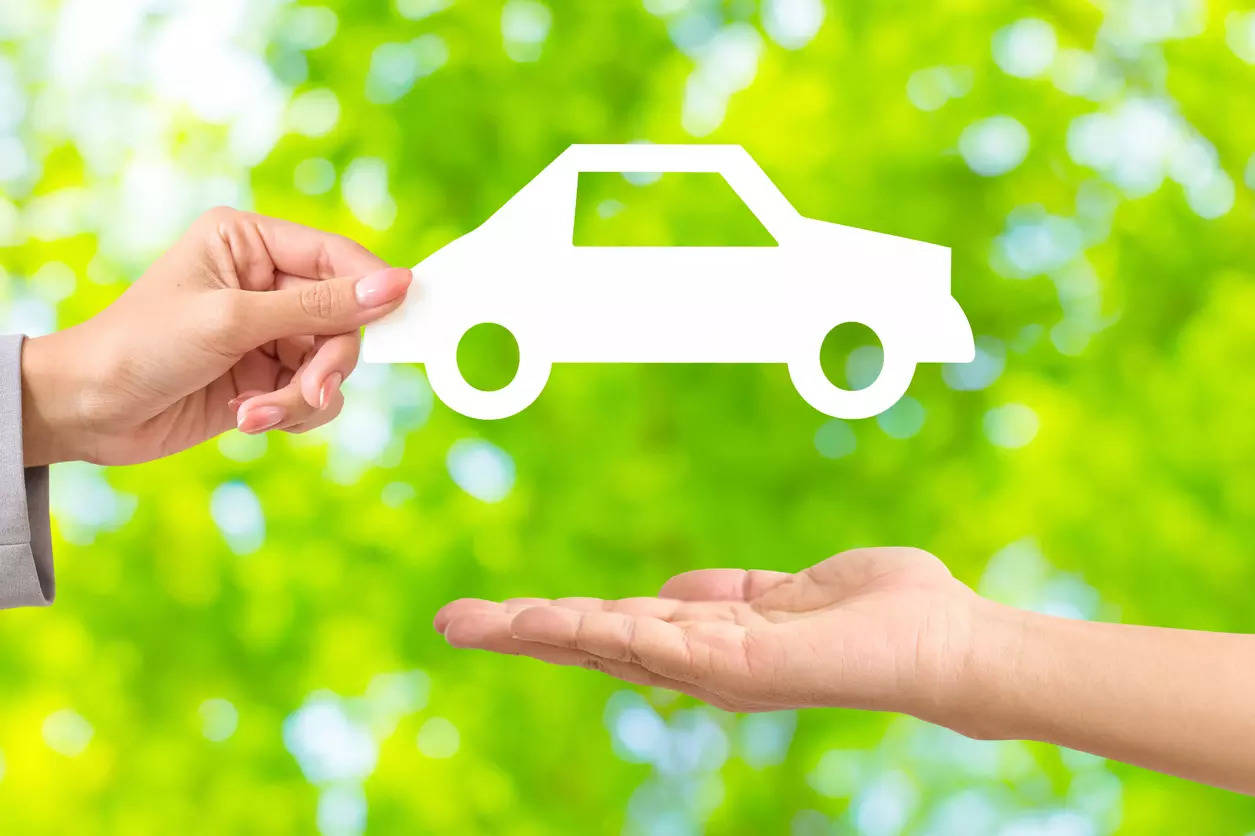
India’s transport sector is responsible for about 15% of the country’s CO2 emissions. The sector emitted 315 MT CO2 equivalent as per India’s official national communication to UNFCC. India is one of the fastest-growing economies in the world and its transport sector will grow as the economy grows. Based on future projections from different models these emissions will grow 3-4 times by 2050.
India has committed to reach net-zero emission by 2070. The transport sector will be an important sector for India to achieve its net zero goal. Five strategies should simultaneously be adopted to drive the decarbonisation agenda. They include: integrated urban planning that require people to travel less, modal shift of people and freight to more efficient modes, improved efficiency, electrification, and alternative fuels.
The graph below shows emissions from India’s transport sector, as well as various opportunities towards decarbonisation. Among the opportunities, electrification is significant to support India’s net zero target by 2070.
The State of Climate Action 2023 translates the Paris Agreement’s temperature limit of 1.5c into targets across 42 indicators across sectors. Globally of the 42 indicators assessed, only one, the share of electric vehicles in passenger car sales is on track to reach its 2030 target.
India has made tremendous progress on electrification of transport. The country has about 2.8 million EVs registered as of August 2023, and this rapid uptake has been underpinned by investments in automobiles, battery technology and charging infrastructure. Moreover, policies such as Faster Adoption and Manufacturing of Hybrid and Electric Vehicles (FAME) and production-linked incentives (PLIs), have helped boost the electric two-wheeler and three-wheeler segments. The Government of India is undertaking several initiatives to achieve 30% electric vehicle (EV) penetration by 2030 with a segmented penetration of 80% for two-wheelers and three-wheelers.
Public transport, trucking
Public Transport accounts for 55% of all trips in the country. With a low vehicle-ownership of 48 vehicles/1000 driving population, India is positioned well for a public transport led transformation. Today there are 5382 total registered e-buses in India. India’s National Electric Bus Program (NEBP) was able to drive faster adoption through an aggregation of demand approach across cities. For the first time procurement across 5 cities for 4600 buses was done in a single tender. This resulted in a reduction of prices by 30%. Building on this success India is now aiming to operate 50,000 e-buses by 2030, with an investment of $10 billion. The country also further launched the PM e-bus SEWA scheme aimed at augmenting city bus operations across 170 cities by deploying 10,000 e-buses on a public-private partnership (PPP) model.
One critical sector that has been overlooked but is crucial to decarbonising is road freight. Freight vehicles, despite comprising less than 3% of total vehicles, consume 28.25% of the nation’s diesel and contribute to 34% of road transport emissions. Therefore, a shift to zero-emission trucking is imperative. Given the intricate nature of the freight ecosystem, it is important that all stakeholders collaborate effectively to promote affordability and accessibility.
Decarbonisation of the road sector — both people and freight can help achieve as much as 50% of India’s decarbonisation from the sector.
Modal shift to rail
However, the India decarbonisation approach is not just restricted to reducing road emissions. The country is also actively adopting a modal shift to rail as part of its overarching strategy.
Currently in India, there are massive investments in public transport. We are building 2000 km of metro in cities across India. Rail infrastructure is being rapidly upgraded through the use of latest technologies. Marquee projects such as the Regional Rapid Transit System in Delhi NCR, the bullet train between Mumbai and Ahmedabad, upgraded inter-city trains are being implemented at a rapid pace. All rail investments provide an opportunity to drive transport-oriented development (TOD). TOD provides cities an opportunity to concentrate and support the facilitation of jobs, housing and education close to railway lines and make cities more accessible. This is a huge opportunity to make our cities more liveable but will require them to drive urban plans that will allow this to happen.
Similarly, there is a need to increase the share of freight on rail. The current share of freight on railway networks has not increased over the past decade. Roadways carry over 60% of the load, while rail carries a little over 20%. The National Rail Plan (NRP) 2020 has envisioned a doubling of the railway’s share of freight loading by 2030. Several policies including building dedicated freight corridors and involving the private sector are on-going. However, success will be contingent on an integrated strategy with the road sector for warehousing, logistic parks, upgradation of technology etc.
We are currently in a decisive decade to fight climate change. The transport sector provides a unique opportunity to drive the decarbonisation agenda and simultaneously humanise and transform our cities. We must tackle not just decarbonisation, through electrification of freight, private and public transport. We should adopt a road plus rail approach. We must also champion integrated land use and city design, building on the current investments in the railway sector across India.
Consolidated efforts are imperative to navigate this transformative journey and to lay the foundation for a cleaner and more sustainable tomorrow.
(Disclaimer: Madhav Pai is Executive Director of World Resource Institute (WRI) India, a policy think-tank focused on developing a low carbon economy. Views are personal.)
















